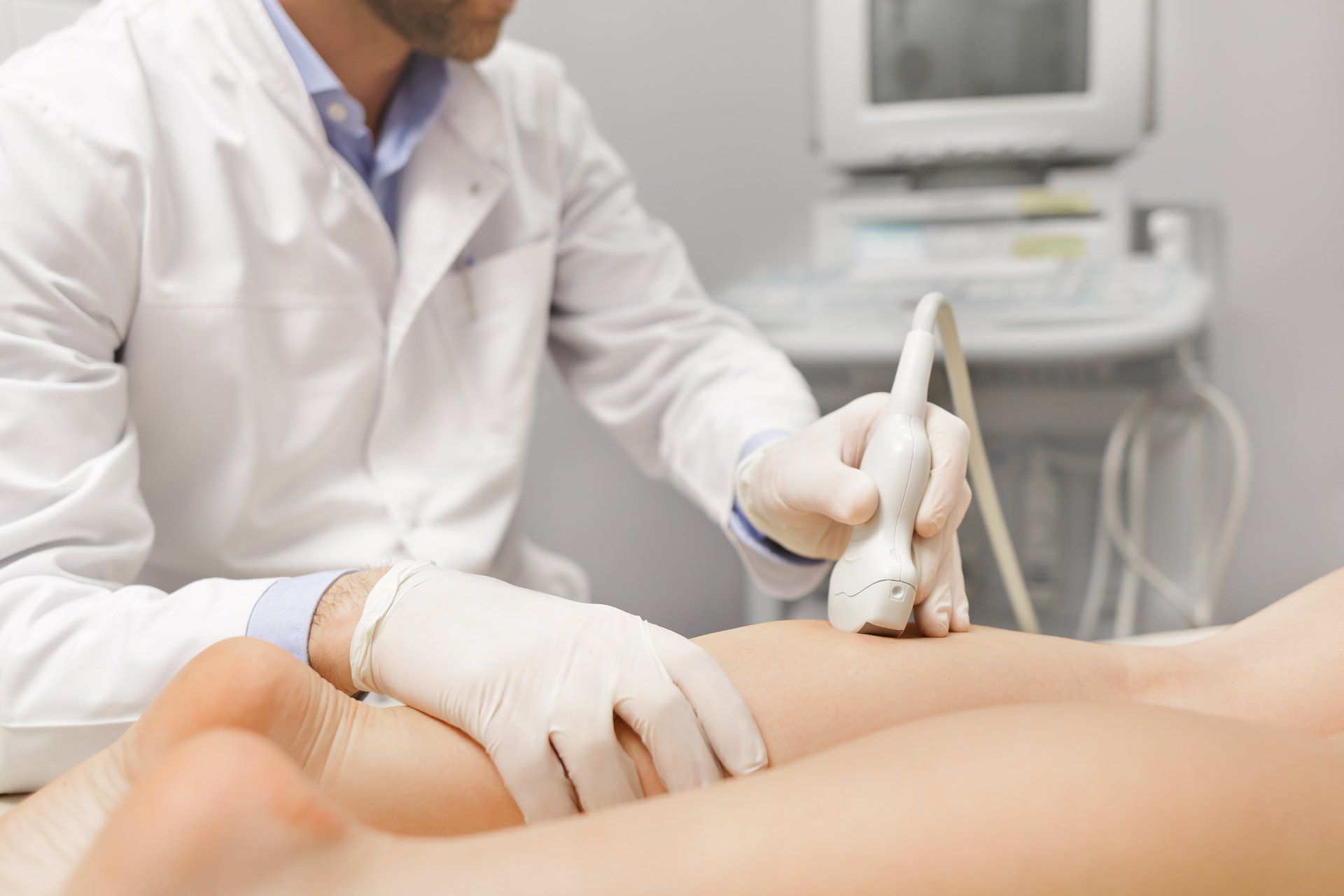Patient Education: How Peripheral Artery Disease Increases the Risk of Peripheral Vascular Disease
How Peripheral Artery Disease Increases the Risk of Peripheral Vascular Disease

Peripheral artery disease (PAD) is a condition characterized by the narrowing or blockage of arteries in the legs, arms, or other parts of the body outside the heart and brain. It is important for patients to understand that PAD can increase the risk of developing peripheral vascular disease (PVD), as both conditions are closely related.
Peripheral artery disease (PAD) is a condition that affects the blood vessels outside the heart and brain, commonly in the legs and arms. When you have PAD, the arteries that supply oxygen-rich blood to your extremities become narrowed or blocked due to a buildup of plaque. This restricted blood flow can cause various symptoms, such as pain, numbness, weakness, and slow healing of wounds.
One important aspect of PAD that patients should be aware of is its association with peripheral vascular disease (PVD). PVD is a broader term that encompasses all diseases of the blood vessels outside the heart and brain, including PAD. Having PAD significantly increases the risk of developing other forms of PVD, such as:
- Aneurysms: PAD can weaken the walls of blood vessels, making them more susceptible to developing aneurysms. Aneurysms are bulges or enlargements in the blood vessel walls, which can be dangerous if they rupture or lead to blood clots.
- Deep Vein Thrombosis (DVT): PAD can disrupt the normal blood flow, increasing the risk of blood clots forming in the deep veins of the legs or arms. These blood clots, known as deep vein thrombosis, can cause pain, swelling, and potentially lead to serious complications if they travel to other parts of the body, such as the lungs (pulmonary embolism).
It is essential for individuals with PAD to manage their condition effectively and reduce the risk of developing further complications. Here are some strategies to minimize the risk of peripheral vascular disease:
- Lifestyle Modifications: Making healthy lifestyle choices can help improve your overall vascular health. Quitting smoking, maintaining a healthy weight, engaging in regular exercise, and adopting a nutritious diet low in saturated fats and cholesterol can all contribute to reducing the risk of PVD.
- Medications: Your healthcare provider may prescribe medications to manage PAD and reduce the risk of PVD. These may include antiplatelet medications (such as aspirin), cholesterol-lowering drugs (statins), and medications to control blood pressure and blood sugar levels if you have other coexisting conditions.
- Regular Medical Check-ups: It is crucial to have regular check-ups with your healthcare provider to monitor your condition and manage any potential complications. They may perform tests to assess the blood flow in your limbs, monitor your cholesterol and blood sugar levels, and provide guidance on maintaining optimal vascular health.
Remember, early detection, lifestyle modifications, and appropriate medical management can significantly reduce the risk of peripheral vascular disease associated with peripheral artery disease. By actively participating in your own care and following your healthcare provider's recommendations, you can improve your vascular health and overall well-being.
Sources:
- American Heart Association (AHA): Peripheral Artery Disease (PAD) - https://www.heart.org/en/health-topics/peripheral-artery-disease
- Mayo Clinic: Peripheral artery disease (PAD) - https://www.mayoclinic.org/diseases-conditions/peripheral-artery-disease/symptoms-causes/syc-20350557
Please note that it's always recommended to consult with a healthcare professional or your primary care provider for personalized advice and information regarding your specific condition.




